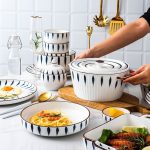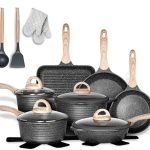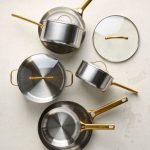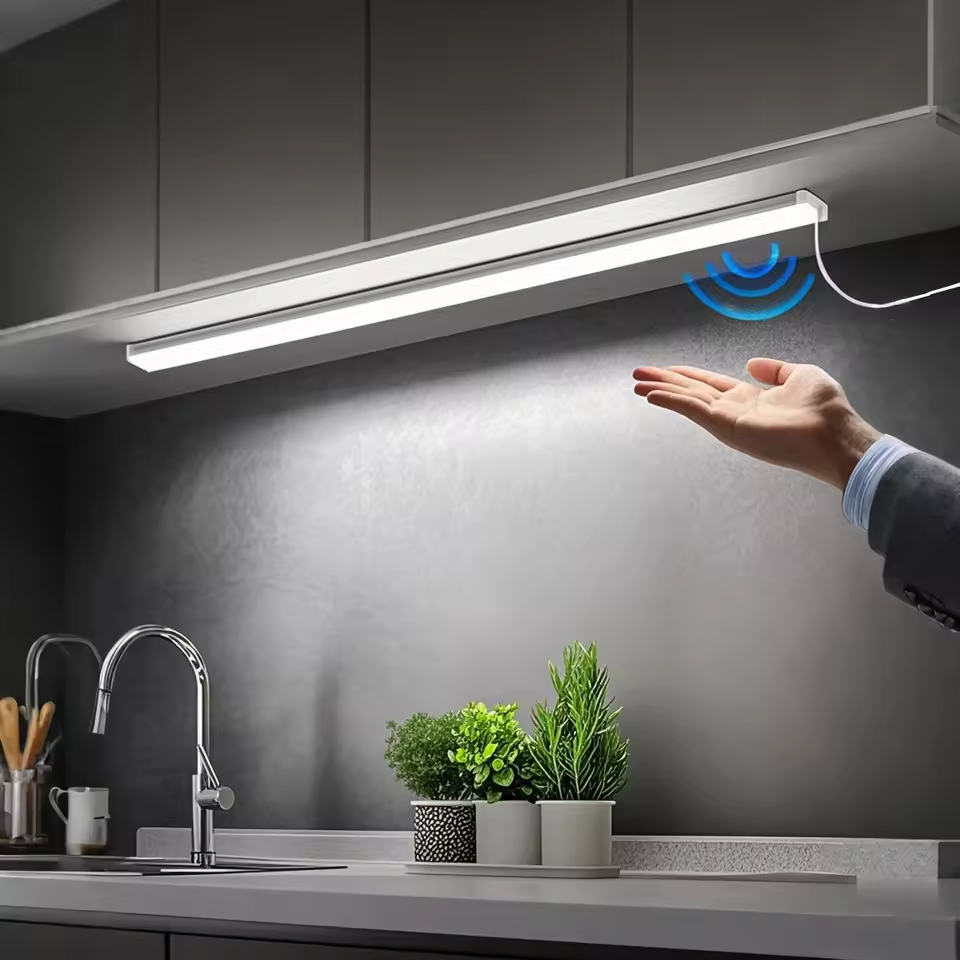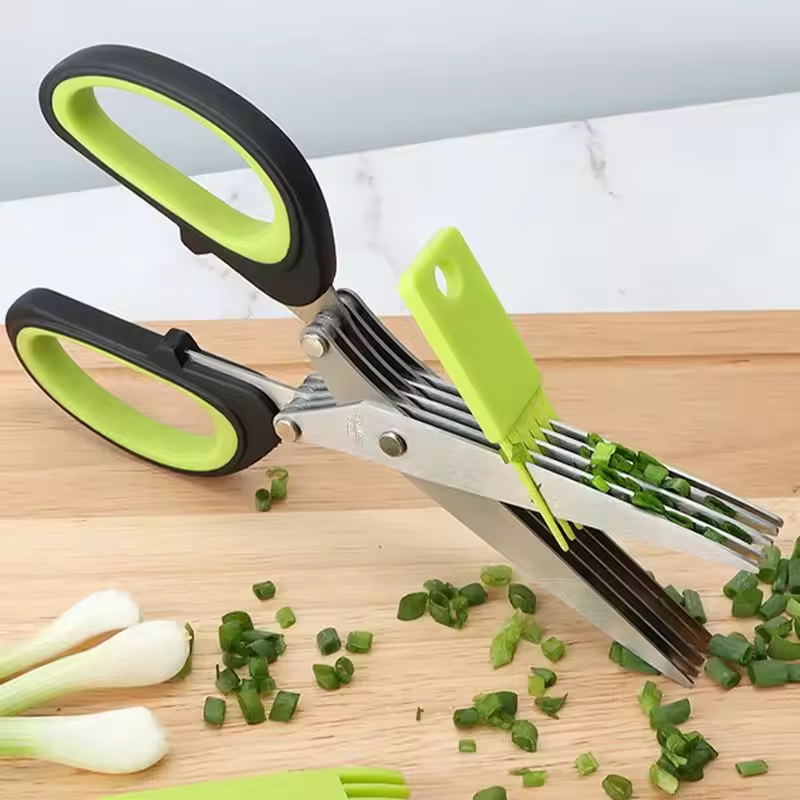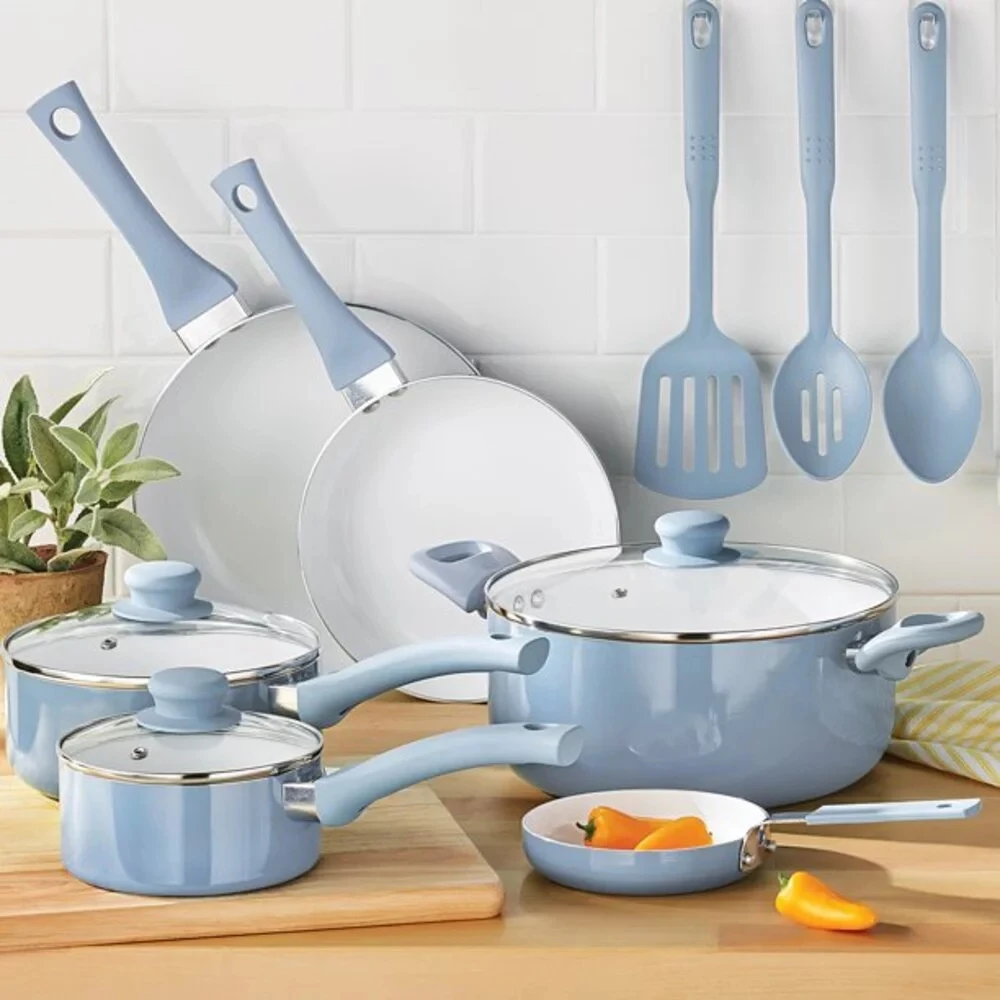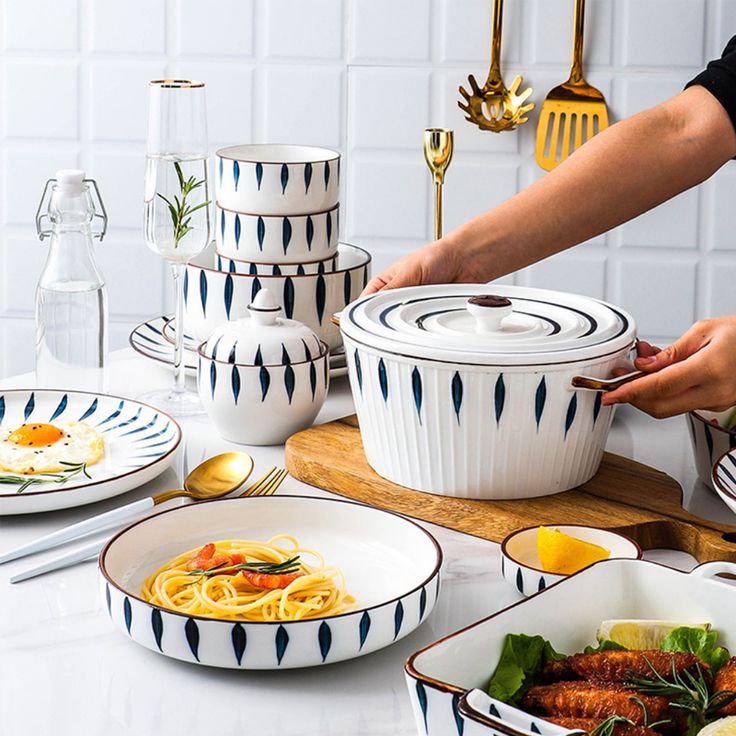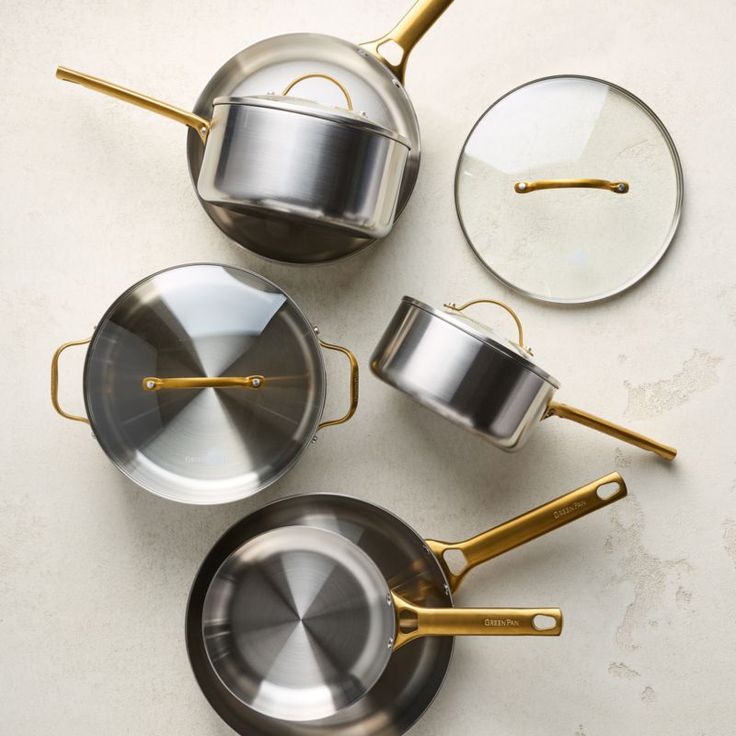Introduction: The Importance of Choosing the Right Cookware Material
Choosing the right cookware material is paramount to enhancing your culinary experience and producing the best results in your kitchen. The material of your cookware affects everything from heat distribution and retention to the ease of cleaning and longevity of the product. Understanding the various types of cookware materials can be overwhelming due to the wide array of options available on the market. This article explores the pros, cons, and best uses of different cookware materials, helping you make an informed decision for your specific cooking needs.
Stainless Steel: Durability and Versatility
Pros: Stainless steel cookware is renowned for its durability and resistance to rust, scratching, and staining. This material is non-reactive, meaning it won’t alter the taste of acidic or alkaline foods, making it highly versatile for various cooking techniques. Stainless steel pots and pans often come with an aluminum or copper core, which enhances heat distribution and conductivity. This ensures that food cooks evenly without hot spots.
Cons: Despite its many advantages, stainless steel is not the best conductor of heat on its own. This is why high-quality stainless steel cookware often includes an additional conductive core. Furthermore, food can stick to stainless steel surfaces if not properly preheated or if inadequate oil is used, which can lead to challenging cleanup. The material can also be on the pricier side, especially when considering professional-grade products.
Best Uses: Stainless steel cookware is perfect for browning, searing, and deglazing. It’s suitable for a range of dishes from sautéing vegetables to making sauces and soups. Its non-reactive nature makes it ideal for preparing tomato-based or vinegar-rich dishes. Due to its durability, it’s also great for everyday use and can withstand the rigors of high heat and dishwasher cleaning.
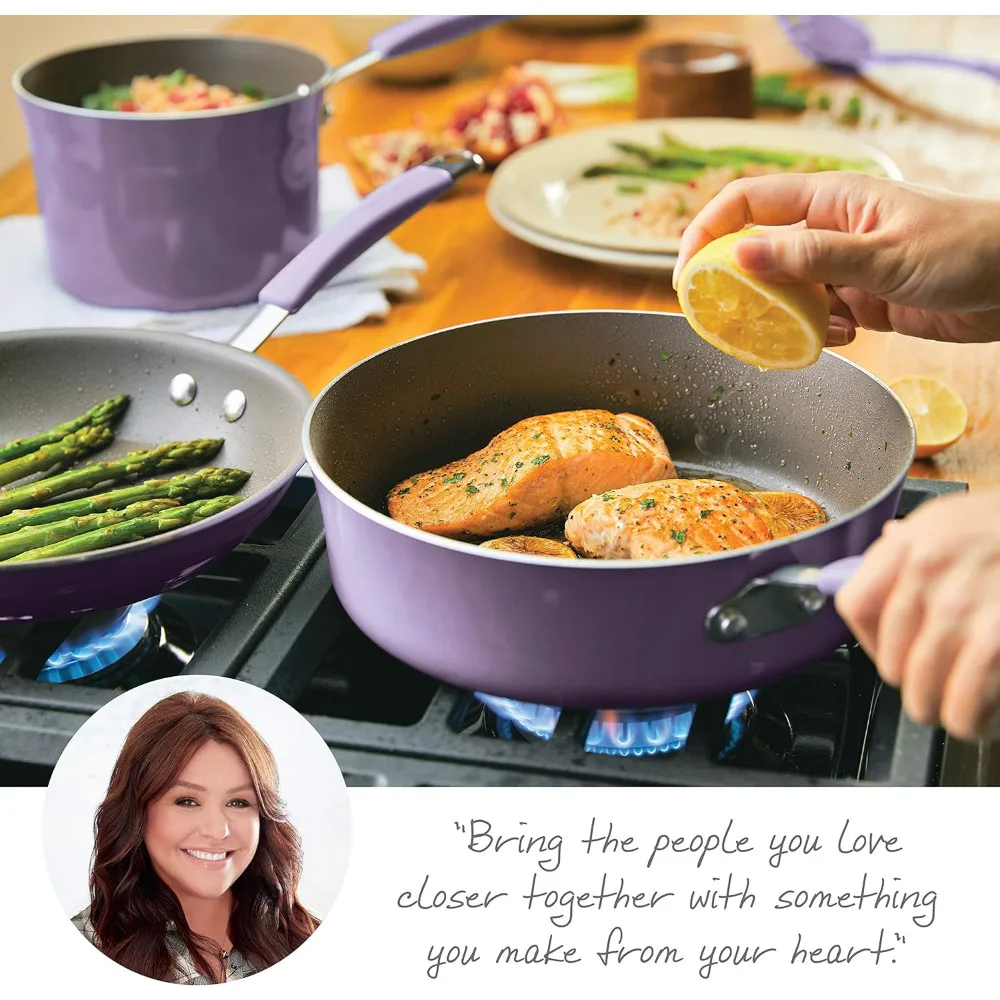
Cast Iron: Superior Heat Retention and Flavor Enhancement
Pros: Cast iron is celebrated for its exceptional heat retention and even heat distribution. Once heated, cast iron maintains a consistent temperature, making it ideal for slow-cooking and searing. Seasoned cast iron provides a natural non-stick surface, which improves with use and proper care. Additionally, cast iron cookware can be used on the stovetop, in the oven, and even over an open flame, making it highly versatile.
Cons: Cast iron is heavy and requires careful handling. It’s also prone to rust if not properly seasoned and maintained. The seasoning process, which involves coating the surface with oil and baking it, must be regularly repeated to maintain its non-stick properties. Cast iron can react with acidic foods, potentially imparting a metallic taste. Its weight may also make it cumbersome for some users, especially when handling larger pieces.
Best Uses: Cast iron is perfect for tasks that require steady, even heating, such as frying, baking, and slow-cooking. It excels in preparing dishes like cornbread, steak, casseroles, and skillet-fried chicken. Its ability to go from stovetop to oven makes it ideal for braising and roasting. Cast iron griddles and Dutch ovens are also popular for outdoor cooking.
Non-Stick: Ease of Use and Clean-Up
Pros: Non-stick cookware is prized for its ease of use and minimal clean-up. The slick coating prevents food from sticking, reducing the need for excessive oil or butter, which is beneficial for those seeking healthier cooking options. This material is particularly useful for delicate foods such as eggs, pancakes, and fish, which can easily tear or stick to other surfaces. Non-stick cookware is generally lightweight, making it easy to handle and maneuver.
Cons: The non-stick coating can be sensitive to high heat, which may cause it to degrade and release potentially harmful fumes. Metal utensils can scratch and damage the coating, so it’s advisable to use wooden, silicone, or plastic tools. Over time, the coating may wear off, requiring replacement of the cookware. Additionally, non-stick cookware generally does not provide the same level of browning and caramelization as stainless steel or cast iron.
Best Uses: Non-stick cookware is best for low to medium-heat cooking and for foods prone to sticking. It’s ideal for frying eggs, making crepes, and sautéing vegetables. This type of cookware is also useful for cooking sauces and delicate fish fillets. Due to its ease of cleaning, non-stick cookware is great for everyday quick meals.
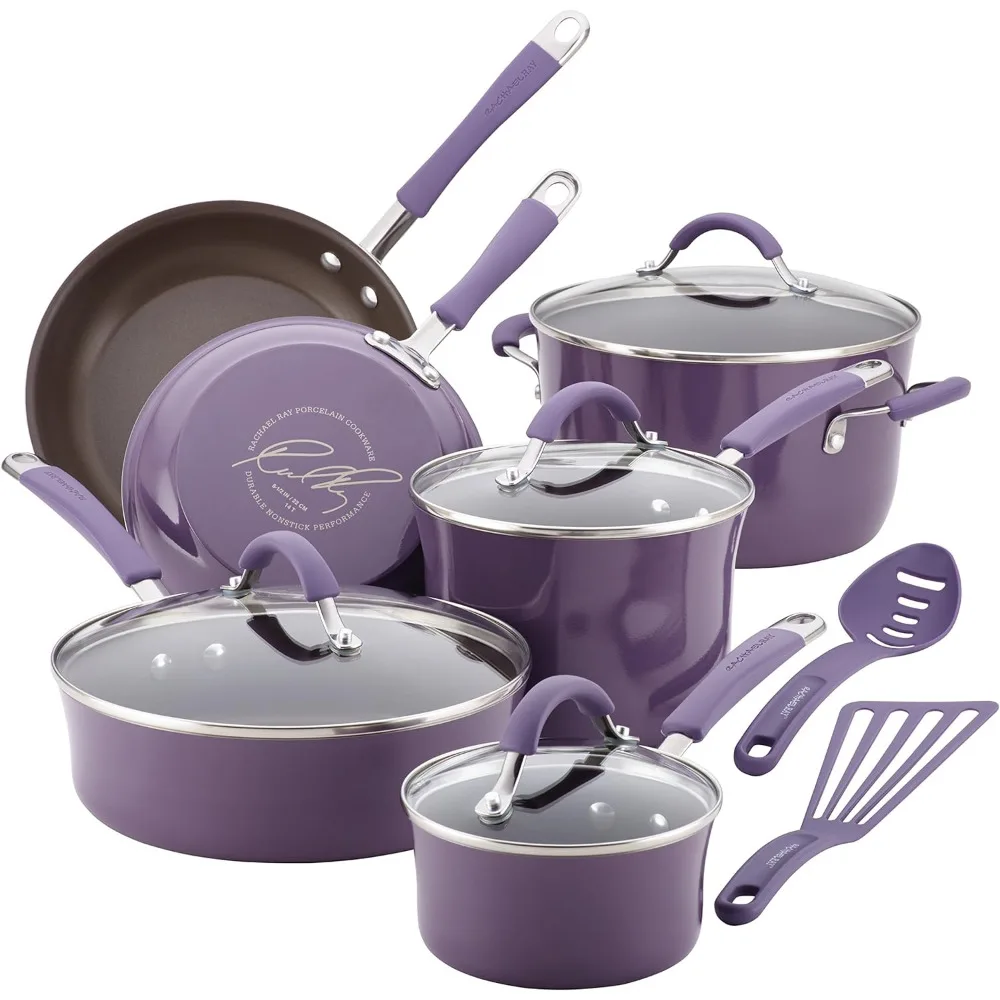
Aluminum: Excellent Heat Conductivity and Lightweight
Pros: Aluminum is known for its excellent heat conductivity, allowing for even cooking and quick heat-up times. It’s also lightweight, making it easy to handle and maneuver, which is particularly useful for larger pots and pans. Anodized aluminum, which has been electrochemically treated to harden its surface, is more durable and resistant to scratches and corrosion compared to untreated aluminum. This treatment also makes the material non-reactive.
Cons: Untreated aluminum can react with acidic or alkaline foods, potentially imparting a metallic taste and discoloring both the food and the cookware. Anodized aluminum addresses these issues, but it often comes at a higher cost. Additionally, aluminum is softer than other materials like stainless steel or cast iron, making it more prone to dents and warping under high heat. It may also not be suitable for induction cooktops unless it has a magnetic base.
Best Uses: Aluminum cookware is ideal for tasks that require excellent heat conduction, such as sautéing, frying, and baking. It’s often used in baking sheets and cake pans due to its lightweight nature and even heating properties. Anodized aluminum is a better choice for everyday cooking needs, offering a balance of performance and durability.
C Copper: Superior Heat Control in the Kitchen
Pros: Copper is revered in the culinary world for its superior heat control and conductivity. It heats up quickly and evenly, allowing for precise temperature adjustments and making it ideal for delicate cooking tasks such as sauces, melting chocolate, and candy-making. Copper cookware often comes with a stainless steel or tin lining, combining the excellent heat transfer of copper with the non-reactive nature of these linings.
Cons: Copper cookware requires a significant investment, as it tends to be more expensive than other materials. It also requires regular maintenance to prevent tarnishing and maintain its lustrous appearance. Unlined copper can react with acidic foods, potentially leading to copper leaching, which is harmful. Therefore, linings are necessary but can wear down over time and require re-tinning. Additionally, copper cookware is not suited for induction cooktops unless specifically designed for such use.
Best Uses: Copper cookware shines in tasks requiring precise temperature control and rapid heat adjustments. It’s perfect for making delicate sauces, sautéing, and any cooking that benefits from fine temperature management. Copper’s aesthetic appeal also makes it popular for presentation and open kitchens. Chefs often prefer copper pots for tasks like making hollandaise sauce or cooking sugar syrups, where temperature precision is crucial.
Ceramic: A Healthy and Aesthetic Choice
Pros: Ceramic cookware offers a non-toxic, non-stick surface that does not leach chemicals into your food, making it a healthy choice for cooking. It’s available in a variety of attractive colors and designs, adding a touch of elegance to your kitchen. Ceramic cookware is also oven safe and can handle relatively high temperatures, making it versatile for both stovetop and oven use.
Cons: While ceramic is durable, it can be prone to chipping and cracking if mishandled or exposed to extreme temperature changes. The non-stick surface, although effective, may degrade over time, especially if subjected to high heat or abrasive cleaning tools. Ceramic cookware is typically heavier than non-stick pans but lighter than cast iron. Its performance can decline over time, requiring careful maintenance to prolong its usability.
Best Uses: Ceramic cookware is best for tasks that benefit from non-stick properties and visually appealing presentation, such as frying, sautéing, and baking. It’s ideal for those who prioritize healthy cooking and want to avoid chemicals in their cookware. Ceramic pans are excellent for making stir-fries, omelets, and casseroles. The variety of designs also makes ceramic cookware perfect for serving dishes directly from the oven to the table.
Carbon Steel: Affordability and High Heat Tolerance
Pros: Carbon steel cookware is highly durable and can withstand high heat, making it excellent for searing, browning, and frying. It heats up quickly and evenly, similar to cast iron, but is typically lighter and easier to handle. Like cast iron, carbon steel pans develop a natural non-stick patina over time with proper seasoning and use. This material is also generally more affordable than other high-performance cookware options.
Cons: Carbon steel requires regular seasoning to maintain its non-stick properties and prevent rust. It can react with acidic foods, which may strip the seasoning and cause a metallic taste. Care must be taken to avoid prolonged exposure to moisture, which can lead to rusting. Additionally, carbon steel can develop hot spots if not properly preheated.
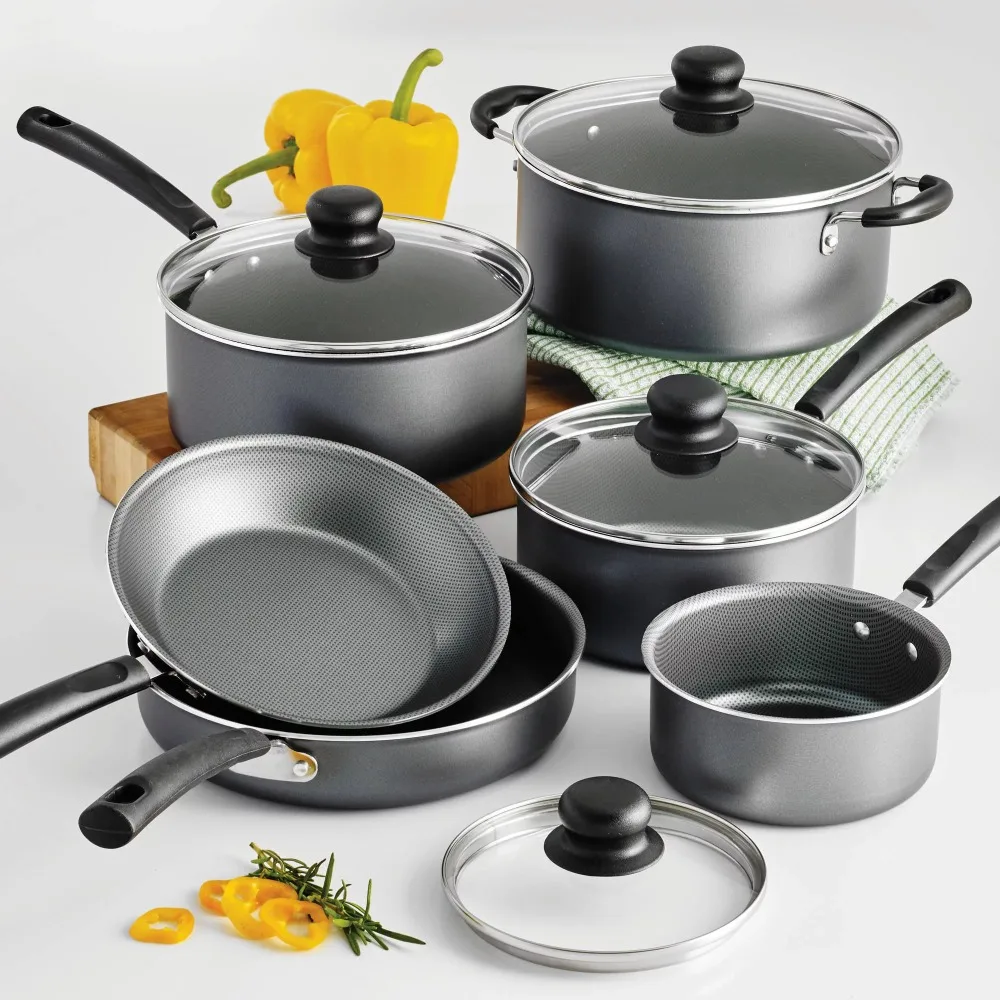
Conclusion: Making an Informed Choice
Selecting the right cookware material involves balancing various factors, including heat conductivity, durability, maintenance, and suitability for specific cooking tasks. Each material has its pros and cons, making them best suited for different culinary needs and preferences. By understanding the characteristics of stainless steel, cast iron, non-stick, aluminum, copper, ceramic, carbon steel, and enamel-coated cast iron, you can make an informed decision that enhances your cooking experience and aligns with your kitchen habits.
